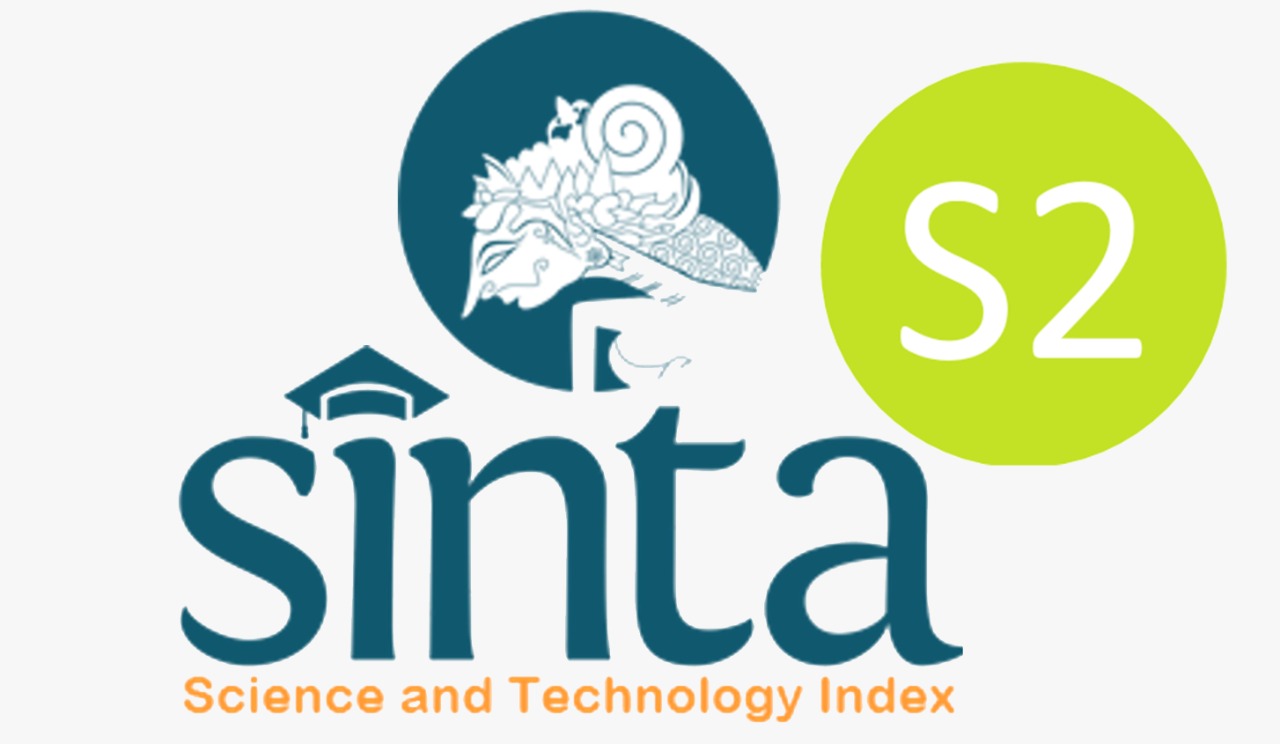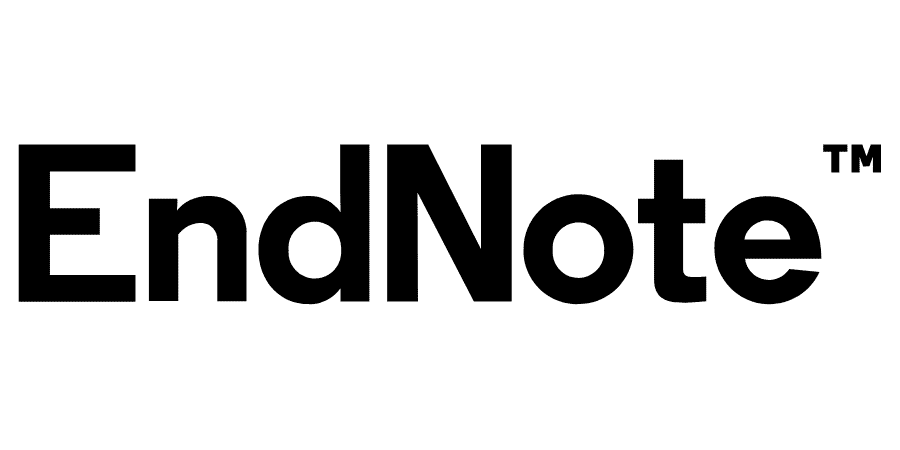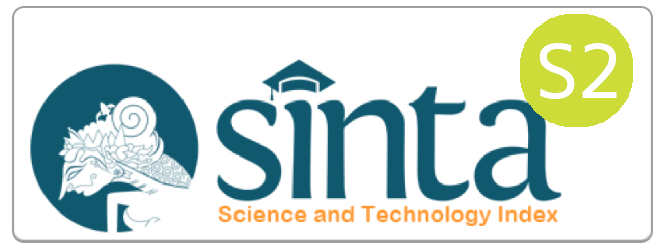NEXUS BETWEEN THRIFTING AND GDP GROWTH IN INDONESIA’S TEXTILE AND WEARING APPAREL MANUFACTURING: ARDL AND SENTIMENT ANALYSIS APPROACH
Downloads
Introduction: The rise of used clothing imports has sparked concerns about its economic impact, particularly on Indonesia’s textile and apparel industry.
Methods: This study employs a mixed-methods approach, combining quantitative (ARDL model) and qualitative (sentiment analysis) methods. It analyzes GDP, Google Trend Index (GTI), and used clothing import data from 2018–2023 to assess the economic impact of thrifting.
Results: This study analyzes the impact of thrifting on the GDP of Indonesia's textile and apparel industry subsector. The findings indicate that thrifting has a significant negative effect on the sector's GDP, while sentiment analysis reveals that 81.90 percent of public sentiment on Twitter expresses positive views toward thrifting.
Conclusion and suggestion: This study concludes that thrifting harms the GDP of Indonesia's textile and apparel industry subsector. This finding is reinforced by the high public interest in thrifting, as reflected in the predominantly positive sentiment on Twitter. In response, policymakers and industry stakeholders should strengthen the enforcement of existing regulations and focus on enhancing the competitiveness of local products.
Afifah, K., Yulita, I. N., & Sarathan, I. (2021). Sentiment Analysis on Telemedicine App Reviews using XGBoost Classifier. In 2021 International Conference on Artificial Intelligence and Big Data Analytics (pp. 22-27). IEEE. https://doi.org/10.1109/ICAIBDA53487.2021.9689762
Alita, D., & Isnain, A. R. (2020). Sarcasm detection in sentiment analysis using Random Forest classifier. Jurnal Komputasi, 8(2), 50–58. https://doi.org/10.23960/komputasi.v8i2.2615
Balakrishnan, Vimala & Ethel, Lloyd-Yemoh. (2014). Stemming and Lemmatization: A Comparison of Retrieval Performances. Lecture Notes on Software Engineering. 2. 262-267. https://doi.org/10.7763/LNSE.2014.V2.134
Birahayu, D. (2020). Law enforcement against the smuggling of second-hand clothing. Perspektif Hukum, 20(1), 156–167. https://doi.org/10.30649/ph.v20i1.81
BPS-Statistics Indonesia. (2020). Indonesia Standard Industrial Classification (KBLI) 2020. Jakarta: BPS-Statistics Indonesia.
BPS-Statistics Indonesia. (2024). Quarterly Gross Domestic Product of Indonesia 2020–2024. Jakarta: BPS-Statistics Indonesia
Brooks, A., & Simon, D. (2012). Unravelling the relationships between used‐clothing imports and the decline of African clothing industries. Development and Change, 43(6), 1265-1290. https://doi.org/10.1111/j.1467-7660.2012.01797.x
Dewi, N. M. I. K., Widiati, I. A. P., & Sutama, I. N. (2020). Implications of imported second-hand clothing sales for consumers in Denpasar City. Jurnal Interpretasi Hukum, 1(1), 216-221. https://doi.org/10.22225/juinhum.1.1.2222.216-221
Febrianti, D. (2022). Analysis of the impact of illegal second-hand clothing imports in Indonesia for the period 2015-2020. Undergraduate thesis, Universitas Sriwijaya.
Fine, B. (2002). The world of consumption: The material and cultural revisited (2nd ed.). London: Routledge. https://doi.org/10.4324/9780203095553
Frazer, G. (2008). Used-clothing donations and apparel production in Africa. Economic Journal, 118(532), 1764–1784. https://doi.org/10.1111/j.1468-0297.2008.02190.x
Gao, Y., Hasegawa, H., Yamaguchi, Y., & Shimada, H. (2022). Malware detection using LightGBM with a custom logistic loss function. IEEE Access, 10, 47792–47804. https://doi.org/10.1109/ACCESS.2022.3171912
Ghozali, I. (2016). Application of multivariate analysis with SPSS (8th ed.). Semarang: Diponegoro University Publishing Agency.
Hansen, K.T. (2000) Salaula: The World of Secondhand Clothing and Zambia. Chicago, IL: Chicago University Press.
Jane, G. J., Hasabi, R., Purnatadya, S. D., & Kartiasih, F. (2024). Utilizing Google Trends Data to Examine the Impact of Open Unemployment Rates on Indonesia’s Gross Domestic Product. SISTEMASI: Jurnal Sistem Informasi, 13(6), 2299–2320. https://doi.org/10.32520/stmsi.v13i6.3603
Kamal, F. Y., Sari, M. I., Utami, M. F. G. U., & Kartiasih, F. (2024). Penggunaan Remote Sensing dan Google Trends untuk Estimasi Produk Domestik Bruto Indonesia. Equilibrium: Jurnal Penelitian Pendidikan Dan Ekonomi, 21(02), 37–59. https://doi.org/10.25134/equi.v21i02
Kandiero, T. (2005). Malawi in the multilateral trading system. In P. Gallagher, P. Low, & A. L. Stoler (Eds.), Managing the Challenges of WTO Participation: 45 Case Studies (pp. 326–336). chapter, Cambridge: Cambridge University Press.
Lomotey, M., & Fisher, J. (2006). Theft of charitable donations: Serious organised crime and tax evasion. Unpublished report. London: Great Ormond Street Hospital Children’s Charity in partnership with Clothes Aid.
Mankiw, N. G. (2015). Principles of economics seventh edition. Cengage Learning.
Miller, B., Linder, F., & Mebane, W. R. (2020). Active learning approaches for labeling text: review and assessment of the performance of active learning approaches. Political Analysis, 28(4), 532-551. https://doi.org/10.1017/pan.2020.4
Pradha, S., Halgamuge, M. N., & Vinh, N. T. Q. (2019). Effective text data preprocessing technique for Sentiment Analysis in social media data. In 2019 11th international conference on knowledge and systems engineering (KSE) (pp. 1-8). IEEE. https://doi.org/10.1109/KSE.2019.8919368
Prakash, T. N., & Aloysius, A. (2019). Data preprocessing in sentiment analysis using Twitter data. International Educational Applied Research Journal (IEARJ), 3(7).
Pramesthy, W. E., Muthi, P., Budiman, M. A., Ahmad, Z., & Kartiasih, F. (2024). The Effect of E-Commerce on Gross Regional Domestic Product and Clustering of Its Characteristics by Utilizing Official Statistics and Big Data. Journal of Economics, Business, and Accountancy Ventura, 27(1), 14–32. https://doi.org/10.14414/jebav.v27i1.4136
Resyanto, F., Sibaroni, Y., & Romadhony, A. (2019). Choosing the most optimum text preprocessing method for Sentiment Analysis: Case: iPhone Tweets. In 2019 Fourth International Conference on Informatics and Computing (ICIC) (pp. 1-5). IEEE. https://doi.org/10.1109/ICIC47613.2019.8985943
Salim, N. A., Jubair, F., Hassona, Y. M., Izriqi, S., & Al-Fuqaha'a, D. (2021). Esthetic Dentistry on Twitter: Benefits and Dangers. International journal of dentistry, 2021, 5077886. https://doi.org/10.1155/2021/5077886
Samah, K. A. F. A., Misdan, N. F. A., Jono, M. N. H. H., & Riza, L. S. (2022). The Best Malaysian Airline Companies Visualization through Bilingual Twitter Sentiment Analysis: A Machine Learning Classification. JOIV: International Journal on Informatics Visualization, 6(1), 130-137. http://dx.doi.org/10.30630/joiv.6.1.879
Saputro, M. S. A., Santoso, A. P. A., Wardoyo, N. P., Sofiyana, N., & Ramadhani, S. P. D. (2024). The impact of thrifted goods sales in Indonesia. Perkara: Jurnal Ilmu Hukum dan Politik, 2(1), 278-285. https://doi.org/10.51903/perkara.v2i1.1675
Sharky, Y. N. (2023). Impact of Import Thrifting in Indonesia: A Case Study on Used Fashion Products. QISTINA: Jurnal Multidisiplin Indonesia, 2(1), 437-441.
Siagian, N. S. B., Sirait, N. A. G., Wardahlia, F., & Khazanah. (2023). Analysis of the impact of second-hand clothing imports on domestic textile entrepreneurs in Indonesia. Madani: Jurnal Ilmiah Multidisiplin, 1(4), 171-179. https://doi.org/10.5281/zenodo.7952262
Sukirno, S. (2007). Modern macroeconomics. Jakarta: Raja Grafindo Persada.
Syam, A. P. H., & Ichwan, M. N. (2023). The Korean Wave phenomena in youth and halal industry: Opportunities and challenges. LIKUID: Jurnal Ekonomi Industri Halal, 3(1), 1-17. https://doi.org/10.15575/likuid.v3i1.21548
Trends Help. (2025, February 10). FAQ about Google trends data. Trends Help. https://support.google.com/trends/answer/4365533
Utami, R. W., Jazuli, A., & Khotimah, T. (2021). Sentiment analysis on Xiaomi Indonesia using the Naive Bayes method. Indonesian Journal of Technology and Informatics Science, 3(1), 21-29. https://doi.org/10.24176/ijtis.v3i1.7514
Widodo, T., Tobing, L., & Yuana, W. (2013). Sustainability of Indonesia’s current account deficit. Bank Indonesia: Working Paper.
Wicks, R., & Bigsten, A. (1996). Used clothes as development aid: The political economy of rags. Working Papers in Economics, 17. Göteborg: Department of Economics, Göteborg University.
Yaneski, A. F., Susiatiningsih, H., & Basith Dir, A. A. (2018). Implementation of policies on handling second-hand clothing smuggling in Riau Province, Indonesia. Journal of International Relations Diponegoro, 4(2), 295-302. https://doi.org/10.14710/jirud.v4i2.20356
Yuliana, N., Syifa, U. A., Ramadhanty, S. Z., & Kartiasih, F. (2024). Nowcasting of Indonesia’s Gross Domestic Product Using Mixed Sampling Data Regression and Google Trends Data. Eigen Mathematics Journal, 7(2), 67–80. https://doi.org/10.29303/emj.v7i2.212
Copyright (c) 2025 Karina Cindy Rahmanto, Lailatul Hasanah, Arfian Kurniawan Ramadhan, Fitri Kartiasih

This work is licensed under a Creative Commons Attribution-ShareAlike 4.0 International License.
Authors who publish with Jurnal Ekonomi dan Bisnis Airlangga agree to the following terms:The journal allows the author to hold the copyright of the article without restrictions.
The journal allows the author(s) to retain publishing rights without restrictions
The legal formal aspect of journal publication accessibility refers to Creative Commons Attribution Share-Alike (CC BY-SA).
Jurnal Ekonomi dan Bisnis Airlangga (JEBA) is licensed under a Creative Commons Attribution-ShareAlike 4.0 International License

















